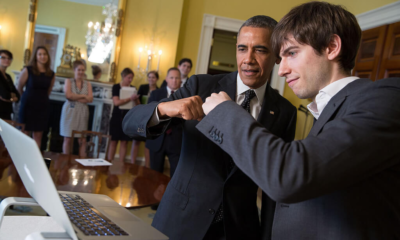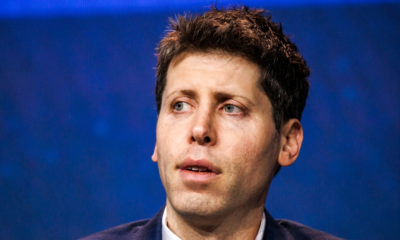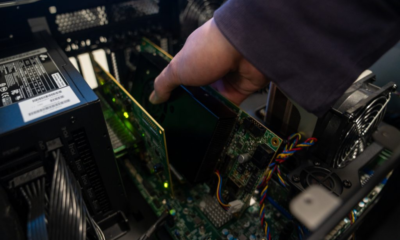Tech News
Technology Continues To Frustrate Hybrid Workers – Forbes

Remote and hybrid working have accelerated rapidly in recent years.
The extent to which employers allow or even encourage hybrid working looks likely to remain one of the key workplace issues for some time to come. To judge from the occupancy levels at station car parks in the U.K.’s commuter towns, it seems that employers have had some success in persuading people to return to their offices, for at least a part of the week. Yet hold-outs persist. Last month it was reported that staff at some offices of the Office for National Statistics were refusing to comply with an instruction that they spend two days a week in their offices. And it appears that many employees are still so committed to flexible working practices that they will consider changing jobs over it.
This does not mean that employers wanting to retain their staff should just bow to the pressure and allow workers to perform their roles however they see fit. Earlier this year, the Chartered Institute of Personnel and Development, which promotes best practice for the U.K.’s human resources professionals, published guidance on how to introduce flexible or hybrid working practices. Its key steps to planning successful hybrid work include:
Agreeing an overall strategic position on hybrid (and broader flexible) working for the organization and development of a policy and supporting guidance reflecting the strategy.
Defining hybrid working considering the specific organizational context. This might include several different forms of hybrid working even within one organization, depending on role requirements.
Provision of training and ongoing development activity for people managers to support successful hybrid management and leadership.
Having effective approaches for potential challenges, such as technology, employee wellbeing, inclusion and facilities.
It is interesting that, given that the pandemic also accelerated the digitalization of business, one of the issues often cited as a hurdle to changing working practices for both individuals and their employers is technology — or, rather, lack of the right equipment and software.
This situation is highlighted in a report out this week from the office equipment maker Ricoh. The study says that just 30% of European employees say they have all the necessary technology in order to collaborate seamlessly with colleagues. Moreover, nearly a quarter of business decision makers questioned acknowledge that their collaboration technology does not meet industry standards.
Now, it could be that not providing access to such tools as Zoom and Microsoft Teams or even video-conferencing equipment is just a cynical attempt to frustrate those who are seeking to work in different ways. However, it is more likely a lack of understanding of how — for all the talk of team-work and collaboration — modern work is really done. These days, even the most junior of staff need to be able to communicate with others electronically all the time, including when they are in the same building. Employers who fail to realize this and do not make the necessary investments risk falling behind, another factor that often leads to the departure of staff.
At the same time, there is a growing realization that — while it is, of course, possible to carry out many elements of the job and remain productive while working remotely — certain aspects, notably those involving creativity, seem to suffer. But, given that the enthusiasm employees have for remote or hybrid working is unlikely to diminish because it offers them a better chance of balancing work and other aspects of their lives, employers cannot simply throw up their hands and — as some have been doing — insist on a return to the old ways.
Indeed, some believe the answer lies in embracing even more technology. Sondre Kvam is co-founder of Norwegian start-up Naer, which has developed a “mixed reality” workplace app to assist with brainstorming. In an interview earlier this year, he said that using immersive technology allowed participants to really focus on collaboration without “all the other things competing for your attention.” Acknowledging that “people need to meet every once in a while”, he added that creating a 3D environment could make it feel like those involved were meeting in real life rather than just conversing via computers.
Since technology in such areas as Artificial Intelligence is developing at a rapid rate, we will doubtless soon be able to see if he is right. In the meantime, companies probably need to invest in better equipment and also spend on making their offices the sorts of places people want to spend time in. It will be hard to maintain a sense of culture and connection — both of which are greater motivators of people than is commonly accepted — without some sort of physical presence.
Tech News
Technology | The Obama Foundation – the Obama Foundation
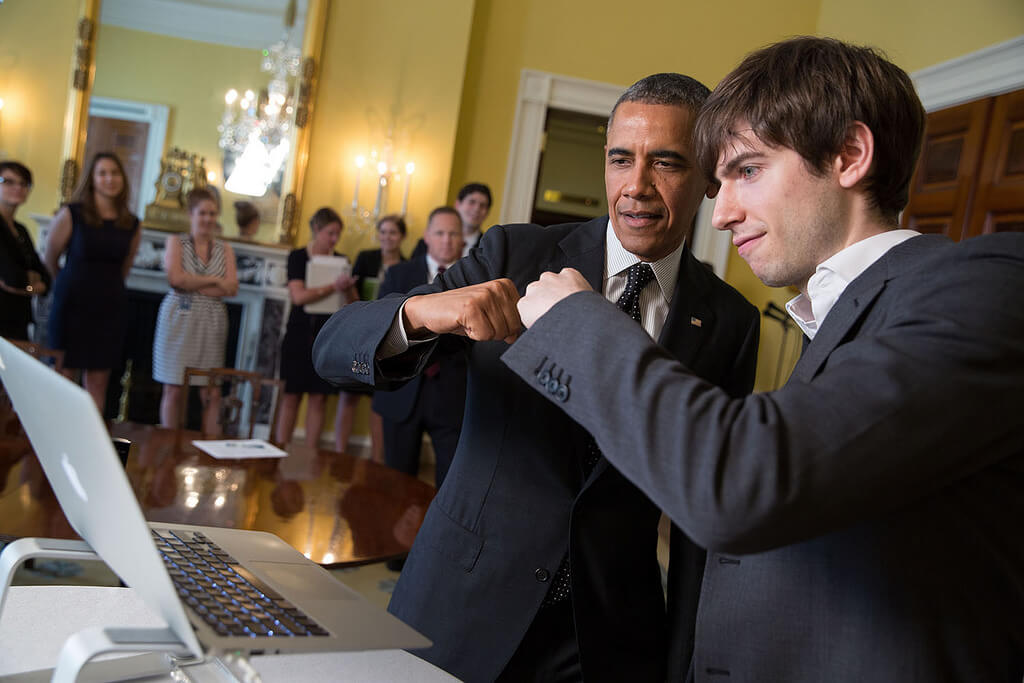
We and our third-party partners (such as Meta and Google) use cookies and similar technologies on this website to collect information about you to operate and improve the website, run analytics to better understand our audience, and show you personalized content and advertising. By clicking “Accept” you consent to our use of cookies.
One of President Obama’s top initiatives in office was delivering better digital services to the American people. Furthermore, President Obama and his administration sought to provide the American people with a multitude of ways to engage with their government. He fervently believes in unlocking the power of government data to spur innovation across our Nation and improve the quality of services for the American people.
On his first full day in office, President Obama issued the “Transparency and Open Government” memorandum, making clear that his Administration was “committed to creating an unprecedented level of openness,” and fostering a sense of transparency, public participation, and collaboration amongst the government and the American people.
Since 2009, the Administration made significant progress opening up data sets that have never before been public, and creating new pathways to civic engagement. Today, students are able to compare the cost of college with other significant data points, such as graduation rates and average salaries of graduates to determine where to get the most bang for their buck. Communities can map demographic, income, and school data to promote Fair Housing. Patients can find information on the safety and cost of hospitals, nursing homes, and physicians, empowering them to make smarter health care choices. These diverse tools benefit different groups of people, industries, and communities, yet all rely on one thing: open data.
President Obama and Tumblr founder and CEO David Karp share a fist bump as they record a GIF in the Old Family Dining Room, prior to a Tumblr Q&A at the White House, June 10, 2014. (Courtesy Barack Obama Presidential Library)
“ Government should be collaborative. Collaboration actively engages Americans in the work of their Government.”
Search over 166,944 datasets on topics such as Agriculture, Climate, Education, Health, Local Government, Manufacturing, or Science & Research.
June 24, 2011
President Obama’s National Robotics Initiative is part of a broader effort to promote a renaissance of American manufacturing through the Advanced Manufacturing Partnership. This initiative focuses on developing robots that work with or beside people to extend or augment human capabilities, taking advantage of the different strengths of humans and robots. As part of this initiative, the National Science Foundation, the National Institutes of Health, NASA, and the Department of Agriculture are funding $70 million of research for next-generation robotics.
“During photo lines, there’s this routine called ‘push and pull.’ One social aide helps push the next guest towards the President and another helps pull them out of the room. During a photo line to commemorate the 25th anniversary of the Americans With Disabilities Act, Alice Wong, Disability Visibility Project Founder, participated via robot. So after her photograph had been taken, social aides gestured to ‘pull’ her out of the room as the next guest entered.” July 20, 2015 (Courtesy Barack Obama Presidential Library)
May 23, 2012
The Presidential Innovation Fellows (PIF) program brings the principles, values, and practices of the innovation economy into government through the most effective agents of change we know: our people. This highly-competitive program pairs talented, diverse technologists and innovators with top civil-servants and change-makers working at the highest levels of the federal government to tackle some our nation’s biggest challenges. These teams of government experts and private-sector doers take a user-centric approach to issues at the intersection of people, processes, products, and policy to achieve lasting impact.
President Barack Obama meets with Presidential Innovation Fellows in the Roosevelt Room of the White House, Jan. 25, 2013. (Courtesy Barack Obama Presidential Library).
On August 17, 2015 President Obama made the Presidential Innovation Fellows program permanent. He noted that to-date fellows have helped,
Veterans access care and benefits more easily,
Families have greater access to their electronic medical records,
Police departments make their data searchable online, and
Students gain access to high speed internet in school.
“ We must harness new ideas and technology to remake our government…”
August 11, 2014
Formally launched by the Administration on August 11, 2014, the U.S. Digital Service is a small team of our country’s brightest digital talent that will work with government agencies to find more effective ways to use technology to improve the service, information, and benefits they provide.
President Barack Obama shares a laugh with participants prior to an Affordable Care Act implementation meeting with Vice President Joe Biden in the Roosevelt Room of the White House, Sept. 22, 2014. (Courtesy Barack Obama Presidential Library).
“ …what we realized was that we could potentially build a SWAT team, a world-class technology office inside of the government that was helping agencies. We’ve dubbed that the U.S. Digital Service…they are making an enormous difference…”
October 22, 2014
President Obama believed climate education and literacy are particularly important for building a 21st-century workforce, where tomorrow’s community leaders, city planners, and entrepreneurs have the information, knowledge, and training to make sound decisions and grow businesses in the context of a changing climate.
He launched the Climate Education and Literacy Initiative to ensure that all students and citizens have the knowledge and training they need to address the climate change challenge. The Initiative ensured that citizens of all ages have a solid grounding in science, technology, engineering, and math (STEM) skills that serve as a basis for discovery, invention, and innovation.
“This photograph was from the annual White House Science Fair. It shows the President posing with Girl Scout Troop 2612 from Tulsa, Oklahoma. I think the eight-year-old girls–Avery Dodson, Natalie Hurley, Miriam Schaffer, Claire Winton and Lucy Claire Sharp–are called ‘Brownies’. They had just shown the President their exhibit: a Lego flood proof bridge project. The fair celebrated the student winners of a broad range of science, technology, engineering and math (STEM) competitions from across the country.” (Courtesy Barack Obama Presidential Library)
Recent events in Ferguson, Missouri and around the country have grabbed the attention of the nation and the world, and have highlighted the importance of strong, collaborative relationships between local police and the communities that they protect.
On December 1, 2014, the Administration announced new steps they took to strengthen the relationships between law enforcement agencies and the communities they are obligated to protect and serve, including:
Advancing the use of body worn cameras and promoting proven community policing initiatives
Creating a new task force to promote expansion of the community-oriented policing model, which encourages strong relationships between law enforcement and the communities that they serve as a proven method of fighting crime
Reforming how the federal government equips state and local law enforcement – particularly with military-style equipment
“The President talks with students and law enforcement officials about community relations and programs that build trust between youth and the police in Camden, N.J. Earlier that day, we had toured police headquarters with the Chief of Police J. Scott Thomson. Several months later I was giving some friends a tour of the West Wing when I ran into Chief Thomson, who was on the same tour with another White House employee, and I told him how much the visit to Camden had meant to the President.” (Courtesy Barack Obama Presidential Library).
Visit: The COPS Office, a national effort to implement the President’s Task Force on 21st Century Policing Report recommendations (Opens in a new tab)
January 20, 2015
In his 2015 State of the Union address, President Obama announced that he’s launching the Precision Medicine Initiative — a bold new research effort to revolutionize how we improve health and treat disease.
Until now, most medical treatments have been designed for the “average patient.” As a result of this “one-size-fits-all” approach, treatments can be very successful for some patients but not for others. Precision Medicine, on the other hand, is an innovative approach that takes into account individual differences in people’s genes, environments, and lifestyles. It gives medical professionals the resources they need to target the specific treatments of the illnesses we encounter, further develops our scientific and medical research, and keeps our families healthier.
First Lady Michelle Obama joins children for a group photo during a visit to St. Jude Children’s Research Hospital in Memphis, Tenn., Sept. 17, 2014. (Courtesy Barack Obama Presidential Library)
President Obama is the first “social media president”: the first to have @POTUS on Twitter, the first to go live on Facebook from the Oval Office, the first to answer questions from citizens on YouTube, the first to use a filter on Snapchat. Over the past eight years, the President, Vice President, First Lady, and the White House have used social media and technology to engage with people around the country and the world on the most important issues of our time (while having some fun along the way).
President Barack Obama looks at a selfie taken with restaurant staff at Charmington’s cafe in North Baltimore, Md., Jan. 15, 2015. (Courtesy Barack Obama Presidential Library)
President Obama supported the FCC’s “net neutrality” decision to adopt the strongest rules possible to ensure Internet Service Providers (ISPs) cannot become gatekeepers to the Internet’s content or create paid fast lanes for access to the best services.
October 3, 2016
In March 2016, President Obama traveled to South by Southwest® for a conversation on civic engagement. In Austin, he called on creative thinkers and entrepreneurs from across the country to help tackle our toughest challenges. On October 3, 2016, we celebrated that spirit of innovation at South by South Lawn, a White House festival of ideas, art, and action.
At SXSL, we celebrated the inspiring work that so many Americans have already accomplished—called on everyone to roll up their sleeves and discover their own way to make a positive difference in our country.
The Lumineers perform during the South by South Lawn event on the South Lawn of the White House, Oct. 3, 2016. (Courtesy Barack Obama Presidential Library)
1/4
President Barack Obama joins Leonardo DiCaprio and Dr. Katharine Hayhoe for a discussion on climate change during the South by South Lawn event on the South Lawn of the White House, Oct. 3, 2016. (Courtesy Barack Obama Presidential Library)
2/4
President Barack Obama sits with a Lego statue during preparations for the South by South Lawn event on the South Lawn of the White House, Oct. 3, 2016. (Courtesy Barack Obama Presidential Library)
3/4
President Barack Obama joins a discussion on climate change during the South by South Lawn event on the South Lawn of the White House, Oct. 3, 2016. (Courtesy Barack Obama Presidential Library)
4/4
October 12, 2016
President Obama traveled to South by Southwest in March 2016 — the first sitting President to do so. In Austin, he made the case for people “from all walks of life, working inside or outside of government, to help us make this democracy even stronger.”
When it comes to tech, the President has had many firsts: the first “Social Media President;” the first President to appoint a Chief Technology Officer; the first President whose White House had built an online civic engagement platform, We The People; the first President with his own tech startups in the United States Digital Service (USDS), 18F, and the Presidential Innovation Fellows. But this Administration’s use of technology is not about novelty. Instead it is rooted in the President’s broader vision about citizenship and service.
President Barack Obama fist bumps a middle-school student participating in an “Hour of Code” event to honor Computer Science Education Week in the Eisenhower Executive Office Building, Dec. 8, 2014. (Courtesy Barack Obama Presidential Library)
In the November 2016 issue of WIRED, guest-editor President Obama explored the theme of “Frontiers” that will shape the coming decades.
Watch: President Barack Obama’s Keynote Conversation at SXSW Interactive (Opens in a new tab)
Watch: President Barack Obama focuses on the future and the next hurdles that humanity will need to overcome to move forward. (Opens in a new tab)
Browse the story of President Obama’s administration and the Obama family’s time in the White House.
We need your help to turn hope into action—to inspire, empower, and connect people to change their world.
The Obama Foundation Shop (Opens in a new tab)
The Obama Foundation is a nonpartisan 501(c)(3) nonprofit organization on a mission to inspire, empower, and connect people to change their world. Read More about our tax-exempt status.
Tech News
Mechanical Engineering Outstanding Senior 2024: Spencer Macturk – Virginia Tech

Alex Parrish
view all
view all
view all
view all
view all
Virginia Tech demonstrates impact as a global land grant – progressing sustainability in our community, through the Commonwealth of Virginia, and around the world.
Get Directions
See All Locations
Contact Virginia Tech
For the media
© 2024 Virginia Polytechnic Institute and State University. All rights reserved.
Tech News
Biden administration taps tech CEOs for AI safety, security board – NBC News
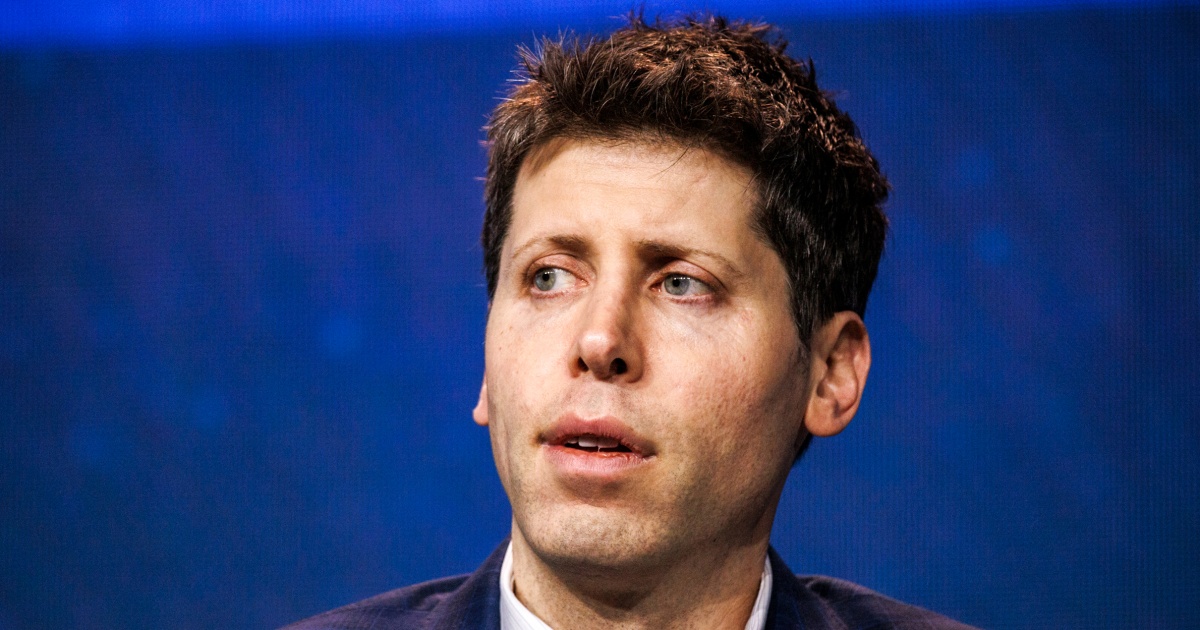
Profile
Sections
tv
Featured
More From NBC
Follow NBC News
There are no new alerts at this time
The Department of Homeland Security established an advisory panel Friday to study how to protect critical infrastructure including power grids and airports from threats related to artificial intelligence.
The Artificial Intelligence Safety and Security Board, which has 22 initial members, includes high-profile figures in tech like OpenAI CEO Sam Altman, Microsoft CEO and chairman Satya Nadella and Alphabet CEO Sundar Pichai, according to a statement from the DHS.
President Joe Biden ordered the creation of the board in October when he signed a wide-ranging executive order on AI, representing the federal government’s first foray into trying to regulate the technology since advanced AI apps including OpenAI’s ChatGPT went viral in popularity.
The board’s mission includes developing recommendations “to prevent and prepare for AI-related disruptions to critical services that impact national or economic security, public health, or safety.”
AI experts have identified a wide array of potential security threats that the new technology could make possible, from swarms of autonomous drones to cheap and lethal bioweapons to more effective hacking threats against critical computer systems.
The government’s defense may involve using AI to fight AI, the DHS said.
“The Board will develop recommendations to help critical infrastructure stakeholders, such as transportation service providers, pipeline and power grid operators, and internet service providers, more responsibly leverage AI technologies,” the department said.
Homeland Security Secretary Alejandro Mayorkas said in a statement that AI “can advance our national interests in unprecedented ways” but that it also “presents real risks — risks that we can mitigate by adopting best practices and taking other studied, concrete actions.”
In addition to tech CEOs, the board includes the CEOs of Delta Air Lines, defense contractor Northrop Grumman and oil producer Occidental Petroleum, as well as Maryland’s Democratic Gov. Wes Moore, Seattle Mayor Bruce Harrell and the leaders of two civil rights organizations.
David Ingram covers tech for NBC News.
© 2024 NBC UNIVERSAL
-

 General Knowledge2 years ago
General Knowledge2 years agoList of Indian States and Capital
-

 General Knowledge2 years ago
General Knowledge2 years agoList Of 400 Famous Books and Authors
-
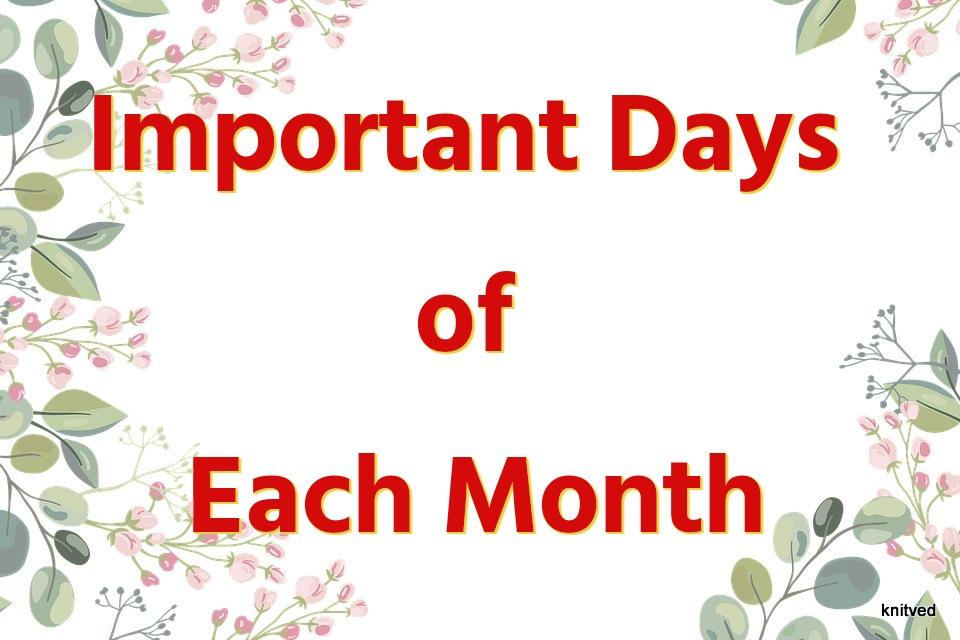
 Important Days4 years ago
Important Days4 years agoImportant Days of Each Month
-

 General Knowledge2 years ago
General Knowledge2 years agoCountries and their National Sports
-

 General Knowledge3 years ago
General Knowledge3 years agoCountry Capital and Currency
-

 Important Days3 years ago
Important Days3 years agoHoli
-
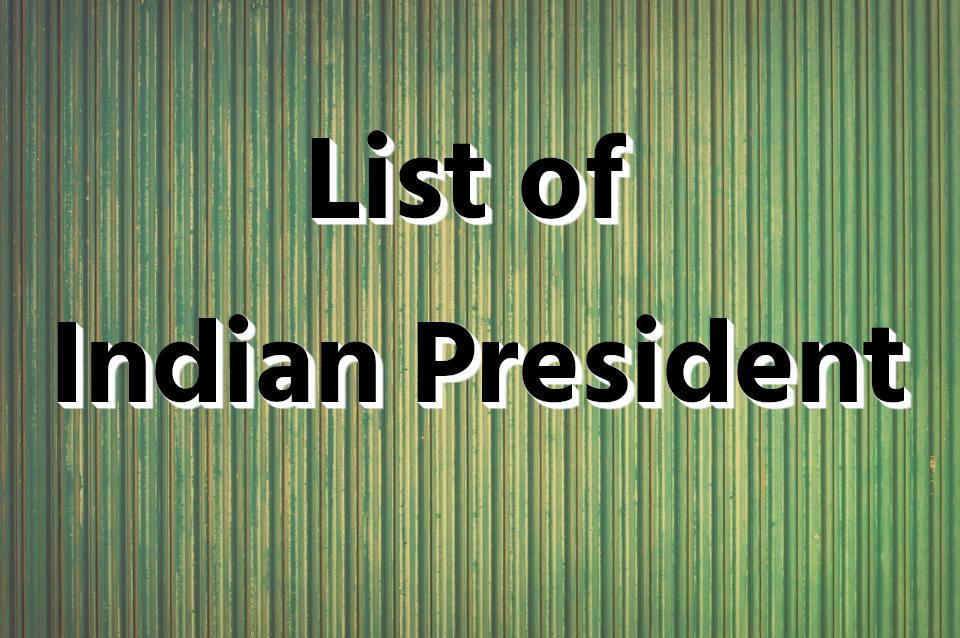
 General Knowledge2 years ago
General Knowledge2 years agoList of Indian President
-
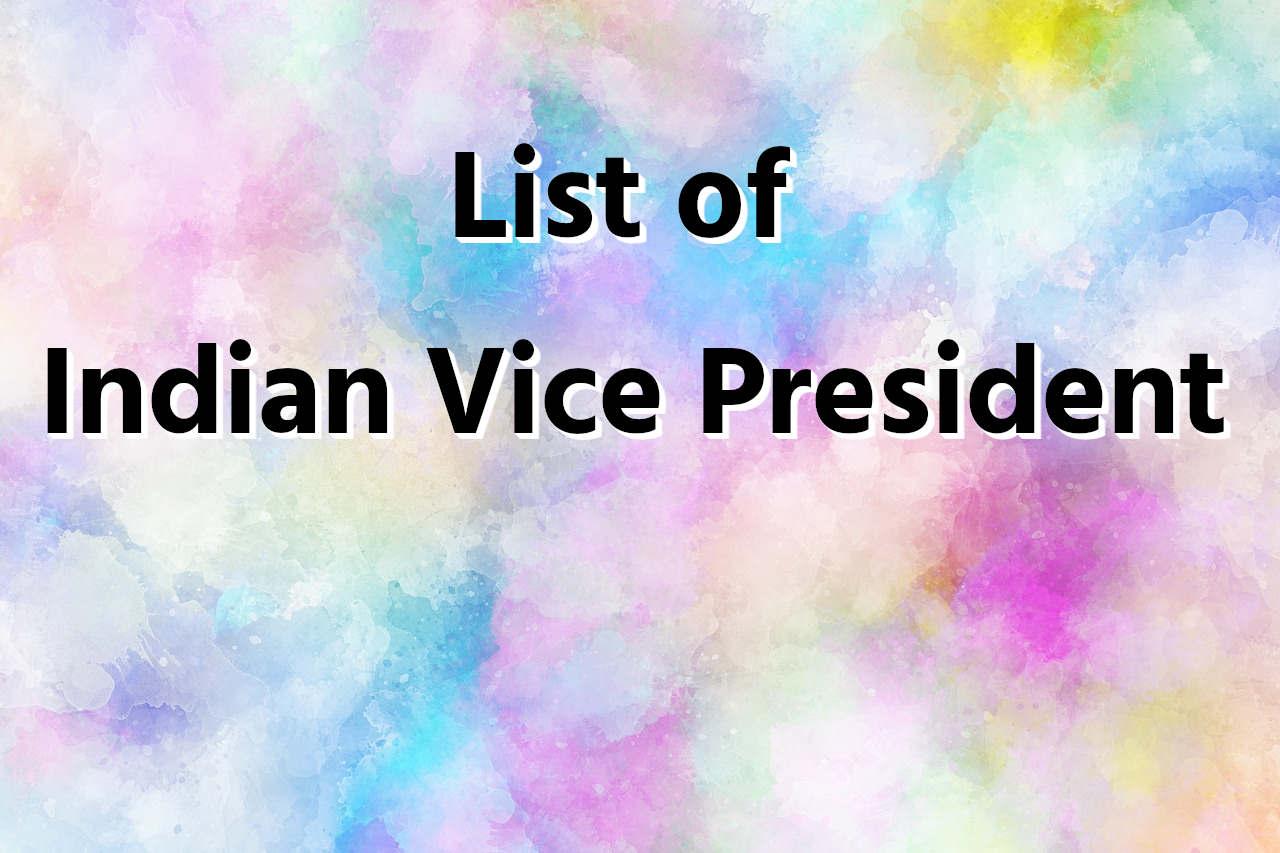
 General Knowledge2 years ago
General Knowledge2 years agoList of Indian Vice President


